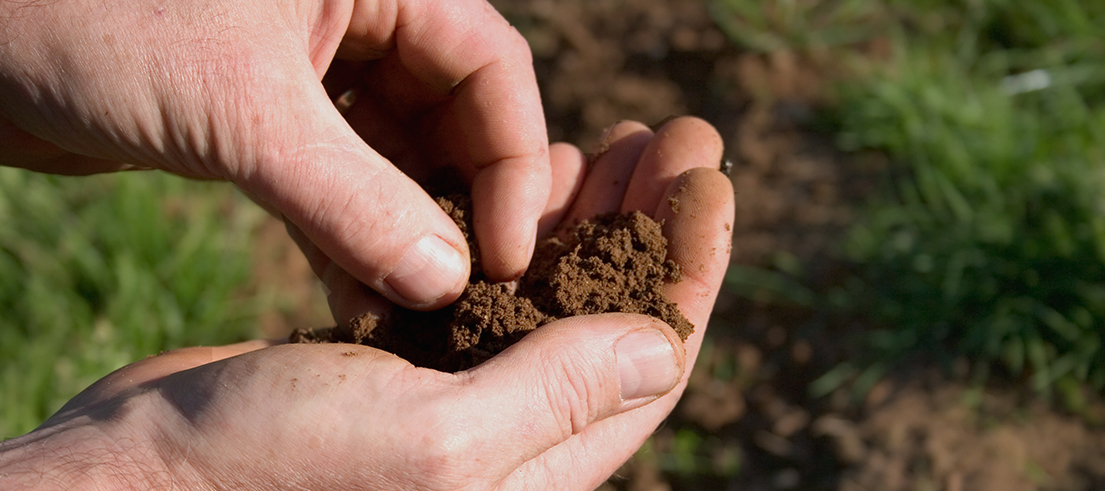
Farmers encouraged to adopt proven methods for reducing nitrogen loss
We're recommending several cost-effective and efficient practices farmers can adopt to reduce nitrogen loss.
Changes in land use in our region have put pressure on our environment. Canterbury’s surface water is strongly connected to groundwater, so what we do on the land affects both water quality and quantity. Nutrients and contaminants like nitrogen can take many years to move into groundwater and this ‘lag effect’ means that we need to make changes today for improvements to be seen in the future.
Building on good work
Much of the work to improve environmental outcomes is already underway, and land-users are being asked to do more to reduce nitrogen losses to the environment.
Science director Dr Tim Davie said managing nitrogen loss is a crucial tool to reduce the impact of our actions on our land and waterways.
“There is no doubt farmers need to reduce their nitrogen losses over time to achieve the environmental outcomes that our community wants,” Dr Davie said.
“Finding new and innovative ways to limit or reduce nitrogen loss from farms is becoming an important focus for Canterbury farmers, especially in areas like Selwyn Waihora, which became subject to new nitrogen loss targets from January 2022."
While the new nitrogen loss requirements came into force this year, they were agreed as part of Plan Change 1 to the Canterbury Land and Water Regional Plan, which became operative in 2016.
“For several years we’ve been working with the industry on technological innovations that have the potential to deliver nitrogen loss reductions on farm, and we’re pleased to now be able to provide more certainty and guidance to farmers,” Dr Davie said.
Working with industry partners
In 2021, we commissioned an evaluation project that considered 15 potential nitrogen loss mitigations and identified four as having a ‘four-star’ rating based on effectiveness, cost and practicality:
- Planting plantain in pasture
- Planting catch crops following winter grazing on forage crops
- Conducting soil nitrogen testing
- Practicing irrigation scheduling to maximise rainfall capture.
Each of these has been independently verified by industry leaders and is recognised by us and Farm Environment Plan (FEP) auditors as having the potential to contribute to farmers’ overall nitrogen loss programmes.
After the Government’s recent review of the nitrogen loss modelling tool Overseer, we established an amended regime for FEP auditing. Farmers need to provide robust forms of evidence to give an FEP auditor confidence they have met their objectives for nutrient management.
Industry support for mitigations
Planting plantain
Leader of the DairyNZ-led Plantain Potency and Practice Programme Kate Fransen said that modelling shows a dairy farm with 30 percent of an approved plantain cultivar can reduce nitrogen leaching by between 7.5 and 25 percent.
The programme, co-funded by DairyNZ, MPI, PGG Wrightson Seeds and Fonterra, has trials underway at Massey and Lincoln universities that are showing even larger reductions are possible.
Farmers wanting to use plantain as part of their nutrient management plan will need to use an approved cultivar according to the DairyNZ Plantain Cultivar Evaluation System, and use the DairyNZ Assessing Plantain On Farm tool to determine the proportion of plantain in the diet. See the DairyNZ website for further details.
Find out more about planting plantain to reduce nitrogen losses.
Planting catch crops
Plant and Food Researcher Brendon Malcolm has also found catch crops have significant potential to reduce nitrogen losses following winter forage crop grazing, and the sooner catch crops are established, the greater their effect, and the higher their yield potential.
Find out more about planting a catch crop to reduce nitrogen losses.
Testing soil nitrogen
Dr Mike Beare from Plant and Food Research said that adopting the new guidelines for soil nitrogen testing can help farmers better forecast how much nitrogen will be supplied by the soil and to estimate how much additional fertiliser may be needed to meet the requirements of a crop.
Find out more about using soil nitrogen testing to reduce nitrogen losses.
Scheduling irrigation
Irrigation New Zealand’s Stephen McNally said that irrigation in the shoulder seasons of spring and autumn should only be taking place when there is a sufficient soil moisture deficit, and the decision to irrigate is supported by weather forecasting and data from soil moisture sensors.
Find out more about using irrigation scheduling to reduce nitrogen losses.
More information
- Find out more about the recommended practices for reducing nitrogen loss.
- Find out more about Selwyn Waihora nitrogen loss reductions.
- Find out more about Good Management Practice.
